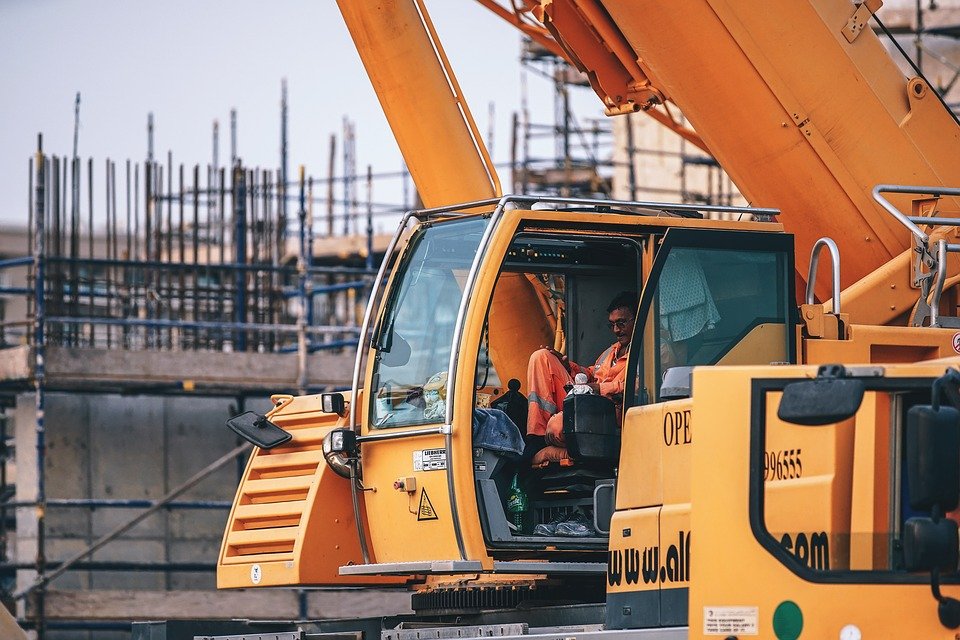They do all the necessary lifting and transporting of heavy loads. Although they’re an essential piece of machinery, there are certain risks involved when operating a crane. If the proper guidelines are not followed they could become a hazard to the workers and surroundings. It’s crucial to ensure all staff is trained in the necessary safety measures, and that the equipment and load themselves are fully inspected. Here are five safety best practices for operating a crane.
Complete inspections before lifting
Thorough inspections need to be completed by a certified professional before lifting. This includes both an inspection of the crane and the load. Check all equipment for any signs of wear and tear, and review its recent paperwork. Here is a crane inspection checklist for construction sites. It’s also vital to ensure the load doesn’t exceed the weight limit of the crane and that it’s properly secured according to guidelines.
Allocate time to follow safety procedures
There’s no use rushing through a project and cutting corners with safety procedures. Accidents and general safety concerns are actually common causes of construction project delays. Taking the right safety measures will, therefore, help to increase productivity, not the other way around. Schedule plenty of time to perform any necessary inspections or extra safety training.
Ensure all crane operators are certified and trained
Only certified crane operators should be permitted to operate a crane. It’s unsafe for untrained professionals, even if they’ve driven similar equipment, to operate a crane. Vet all external crane drivers before starting a project and double-check there are no gaps in training. You need specialized skills and training in order to operate a crane safely. Ensure the operators you hire are familiar with the type of project your undertaking.
Work with safe and compatible materials
It’s essential to check that all the materials you’re using also comply with safety standards, and are compatible for use with a crane. For crane-assisted forming of large areas, materials like Panel Formwork are suitable, for example, but check other practical accessories. These can include safe ladderways and working platforms. Set time aside to review the conditions of all the equipment and materials you are using on the project and how this will affect the safety of the workplace.
Ensure the safety of the ground workers
If you’re operating heavy machinery on a construction site carelessly, this is a danger for workers on the ground. Look over the OSHA construction safety guidelines to ensure you’re following all best practices while operating a crane to protect the ground workers. It’s advisable to hand out safety cards and guidelines to all those on the site, whether they’re going to be operating the crane or not. Hold briefings or extra training sessions if necessary. It’s normal for workers to become rusty about safety procedures over time. This way you can ensure all staff is up to speed on the best practices involved when operating a crane.






